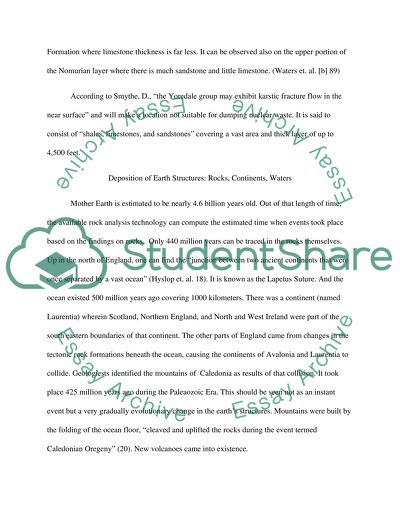Cite this document
(“Yoredale Group (Wensleydale Group) Essay Example | Topics and Well Written Essays - 2000 words”, n.d.)
Retrieved from https://studentshare.org/environmental-studies/1455242-describe-the-palaeogeography-and-depositional
Retrieved from https://studentshare.org/environmental-studies/1455242-describe-the-palaeogeography-and-depositional
(Yoredale Group (Wensleydale Group) Essay Example | Topics and Well Written Essays - 2000 Words)
https://studentshare.org/environmental-studies/1455242-describe-the-palaeogeography-and-depositional.
https://studentshare.org/environmental-studies/1455242-describe-the-palaeogeography-and-depositional.
“Yoredale Group (Wensleydale Group) Essay Example | Topics and Well Written Essays - 2000 Words”, n.d. https://studentshare.org/environmental-studies/1455242-describe-the-palaeogeography-and-depositional.


